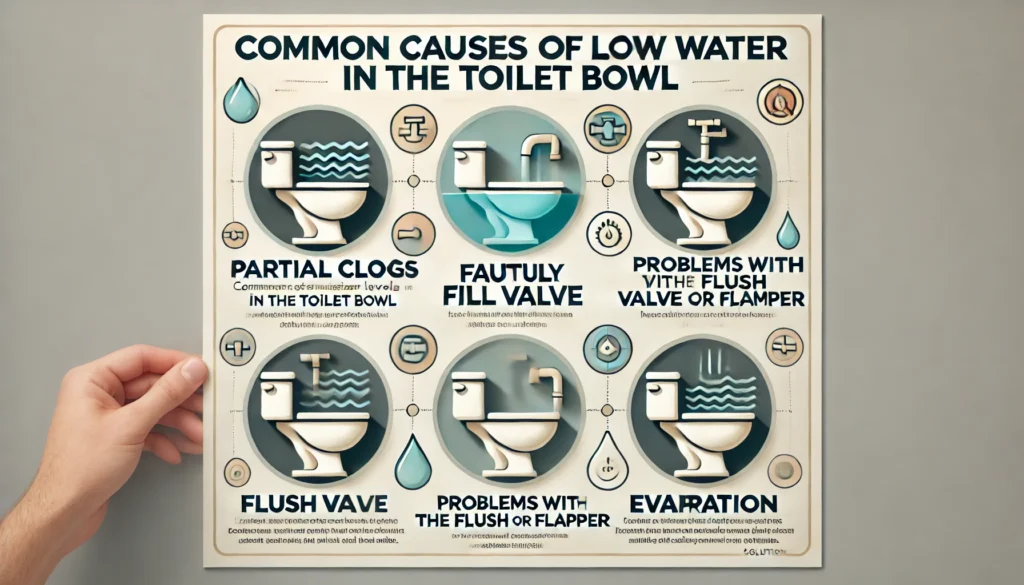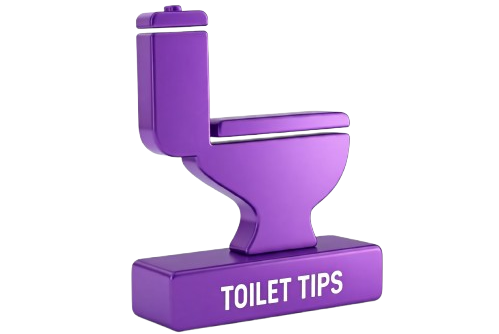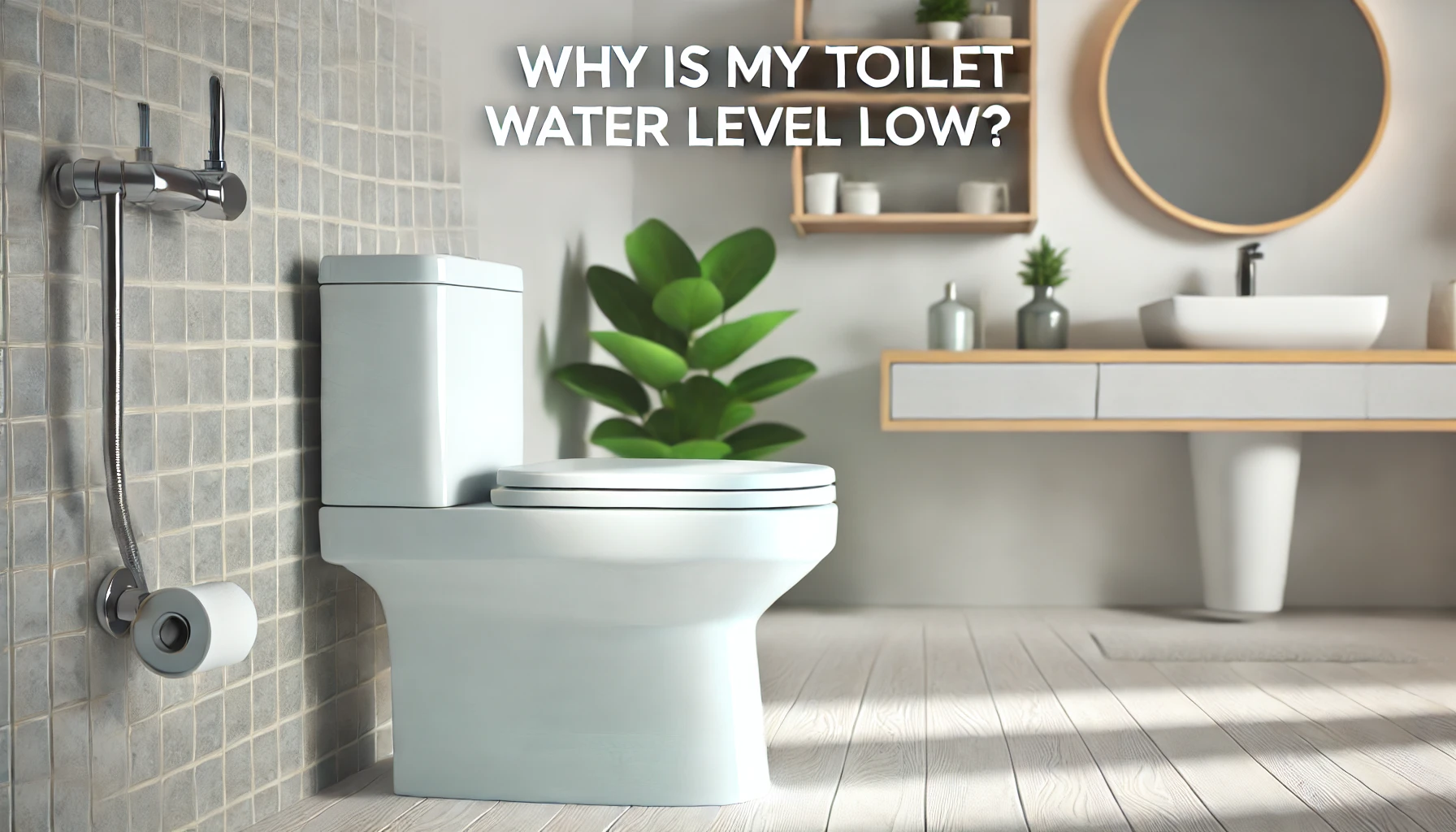When you notice that the water level in your toilet bowl is unusually low, it can be a sign of several potential issues. Understanding the reasons behind this can help you diagnose and fix the problem effectively.
This detailed guide will explore the common causes of low water levels in toilet bowls and provide practical solutions to address them.
Table of Contents
Introduction to Toilet Water Levels
Toilet water levels are typically consistent due to the design of the toilet itself. However, a lower-than-usual water level can indicate a problem with either the toilet or your plumbing system. Recognizing these signs early can prevent more serious issues down the line.
Understanding the Mechanics of a Toilet
The toilet is a crucial component of our homes, and its proper functioning is essential for our daily lives. When we flush the toilet, the water from the tank rushes into the bowl, carrying away the waste.
The tank is designed to hold a specific amount of water to facilitate a proper flush. However, if the water level in the bowl is low, it can indicate a problem with the toilet’s mechanics.
Key Components:
The toilet bowl’s water level is maintained by a delicate balance of components. The flush valve initiates the flushing process, emptying the water tank into the bowl. Once the flushing is complete, the fill valve takes over, controlling the refilling of the tank.
An overflow tube acts as a safety measure, preventing excess water from entering the trap, an S-shaped pipe located under the bowl. This trap helps maintain a constant water level within the toilet bowl.
Common Causes of Low Water Levels in the Toilet Bowl
1. Partial Clogs
Partial clogs can significantly restrict the flow of water to your toilet, resulting in a lower level in the bowl. These clogs can occur due to various reasons, such as foreign objects or hair getting stuck in the drain.
Another common culprit is a mineral buildup that can form over time, narrowing the drainage passage. This buildup can be caused by hard water or mineral-rich water.
Solutions:
Plunger and auger are your best tools to dislodge minor clogs in your toilet. If these methods don’t work, a deeper blockage might be the culprit. In such cases, consult a plumber to assess the issue. If the blockage persists, it could indicate a further problem in your pipeline
2. Faulty Fill Valve
A malfunctioning fill valve can prevent the toilet tank from properly replenishing the water level in the bowl. This can lead to faulty flushing and low water levels. If you suspect that your fill valve is the culprit, it’s important to have it inspected and repaired by a qualified plumber.
Solutions:
To address this issue, you can adjust the fill valve settings to increase the water level in the tank. This often involves turning a small screw or adjusting a float mechanism. If you’re unsure how to do this, consult a professional plumber for assistance.
3. Problems with the Flush Valve or Flapper
Leaky flush valves or flappers can significantly contribute to lower water levels in the toilet bowl. These components are responsible for controlling the flow of water from the tank into the bowl. If a leak develops in the valve or flapper, water can seep out of the tank and drain away, reducing the overall water level in the bowl.
Solutions:
Check the flapper for wear and tear. If it’s damaged, replace it as necessary to ensure a proper flush. Inspect the flush valve and sealing components to make sure they’re functioning properly. If you notice any issues, replace the affected parts to restore the water level to its normal height.
4. Evaporation
Evaporation is a common yet often overlooked cause of lower water levels in toilets. This is particularly true in guest houses or unused properties where toilets are rarely used. Over time, the water in the bowl can simply evaporate, leading to a noticeable decline in the water level.
Toilets that are used infrequently may also experience evaporation. Even if a toilet is flushed occasionally, the water can still evaporate between uses, especially in warm, dry climates. This can result in a lower water level that may not be immediately apparent.
Solutions:
Regularly flush your toilets to prevent the build-up of sediment and mineral deposits that can restrict water flow. Seldom used toilets may require more frequent flushing to maintain proper water levels. If you have a dual-flush toilet, ensure you’re using the correct flush mode for different waste types.

Preventive Maintenance and Regular Checks
Regular inspections are crucial to ensure that your toilet’s components are functioning correctly. Pay particular attention to the fill valve and flush flapper. These parts play a vital role in the toilet’s functioning. By inspecting them regularly, you can ensure that they’re operating as intended.
Conclusion
A low water level in your toilet bowl is more than just a minor annoyance. It can indicate significant plumbing concerns. Understanding the potential causes and solutions is crucial for quickly addressing and resolving this issue. By ensuring your toilet operates efficiently and effectively, you can prevent further problems and maintain a functional bathroom.
Check also: Will a Clogged Toilet Eventually Unclog itself?
Frequently asked Questions
What Causes a Low Water Level in My Toilet Bowl?
A low water level in the toilet bowl can be caused by a few common issues, including partial clogs, faulty fill valves, or even evaporation. Partial clogs restrict water flow, while faulty fill valves fail to refill the tank effectively. Evaporation may also occur, especially in unused toilets, causing water to disappear gradually.
How Can a Partial Clog Affect Toilet Water Level?
Partial clogs limit the amount of water entering the bowl, which reduces the water level. This issue can arise from foreign objects, mineral buildup, or organic material that accumulates over time, restricting the toilet’s drainage passage.
Could a Faulty Fill Valve Be the Reason for Low Water Levels?
Yes, a faulty fill valve is one of the most common reasons for low water levels. The fill valve is responsible for refilling the tank after a flush. If it’s not functioning correctly, the tank may not have enough water, resulting in a lower bowl level.
How Do Flush Valves or Flappers Impact Water Level?
Flush valves and flappers are crucial in controlling water flow from the tank to the bowl. If the flapper or flush valve is worn out or damaged, water may leak out slowly, reducing the bowl’s water level even when the toilet isn’t in use.
Can Evaporation Cause the Water Level in My Toilet to Drop?
Yes, evaporation can cause water to slowly disappear, especially in toilets that are rarely used or in warm, dry climates. If the toilet isn’t flushed regularly, the water in the bowl may evaporate over time, causing a lower-than-normal level.
Why Is My Toilet’s Water Level Low in Unused Bathrooms?
In bathrooms that aren’t used often, evaporation or minor leaks can reduce water levels. Without regular flushing, the water in the bowl may simply evaporate, and small leaks may go unnoticed until the water level is noticeably low.
How Do I Fix a Low Water Level Caused by a Partial Clog?
To address a partial clog, try using a plunger or a toilet auger. If the clog is not easily cleared, it may be located deeper in the pipes and might require a plumber to remove it entirely, ensuring proper water flow and restoring normal levels.
What Should I Do if the Fill Valve Is Faulty?
If the fill valve is the issue, adjust its settings to increase water flow or consider replacing it if it’s damaged. A fill valve adjustment usually involves turning a screw or adjusting the float to ensure the right amount of water is in the tank.
Is It Necessary to Regularly Inspect My Toilet Components?
Yes, regular inspections can help prevent issues like low water levels. Check the fill valve, flush valve, and flapper periodically to ensure they are functioning well. This proactive maintenance can help avoid unexpected plumbing problems.
How Can I Prevent Future Low Water Levels in My Toilet?
To prevent future low water levels, ensure regular flushing, particularly in unused bathrooms. This practice can help avoid sediment buildup and prevent clogs. Regular checks of the toilet components, such as the fill valve and flapper, can also help maintain optimal water levels.

